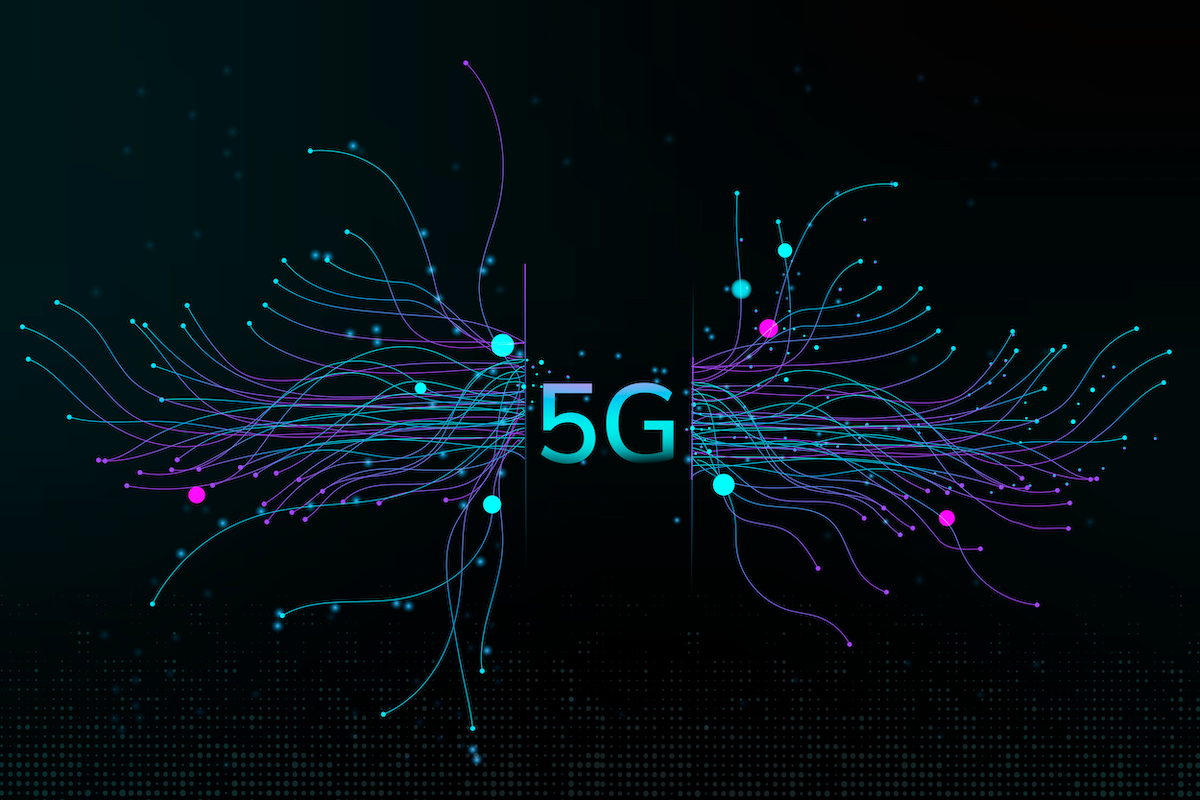IIoT Gets A 5G Boost of Machine Learning Innovation
Network operators around the world have invested heavily in spectrum, with auctions exceeding $27 billion in 2020 according to the Global Mobile Suppliers Association. They are looking to move quickly with 5G, seeking solutions to help them develop services faster for specific verticals such as the Industrial Internet of Things (IIoT). There is a lot to play for. According to MarketsandMarkets, the 5G IIoT market could be worth $15.7 billion by 2026 and the research firm found that many vertical businesses are adopting 5G IIoT.
When it comes to monetizing the enterprise and IIoT vertical industries, 5G is much more than boosting subscriber quality of experience (QoE). Operators must leverage supplementary technologies to enhance the usability and capabilities of 5G – and that is where machine learning (ML) is about to make waves at the Radio Access Network (RAN). Uncover most common 5G Myths and Realities in one of our previous article.
Needless to say, the RAN plays the critical role of connecting millions, if not billions of devices to the network. And typically, RAN functions such as admission control, radio resource scheduler, mobility management, and radio resource management are static and rules-based to handle those device connections. In other words, it cannot adapt dynamically to a network, or a service without rules. This RAN function – or lack thereof – creates an intelligence gap that needs to be filled to assist in the decision-making process and optimize network resource utilization.
Enter machine learning and predictive analytics
AI/ML will profoundly change the way communication systems will be designed and deployed in the future. It will provide a new foundation for cellular interface design and optimization, enabling self-optimizing transmitters and receivers, cognitive spectrum uses and context awareness. In the coming years, we will see AI/ML have the capability to even control parts of the physical (PHY) and medium access control (MAC) layer functions, to allocate radio resources in a more granular way to ensure stringent Quality of Service (QoS) requirements are met. Find out about the difference between AI and cognitive computing.
At the MAC layer, AI-powered predictive analytics would have the ability to forecast and assign the appropriate MCS (modulation and coding scheme) values for signal transmission through accurate forecasting of the user signal quality and mobility patterns. The RAN could then intelligently schedule MAC resources across different network layers to, say, achieve more accurate MCS predictions or better spectrum efficiency to intelligently handle different devices and their diverse requirements. Thanks to automation, it can increase the amount of traffic on each cell giving mobile operators the capability to manage more subscribers and launch new IIoT and Industry 4.0 services.
As a result, the network would deliver faster data speeds, improved QoE to subscribers and, crucially, would be perfect for IIoT applications that rely on low latency connectivity such as robotics-based manufacturing. Put simply, this empowers mobile operators and enterprises to foster innovation and will give rise to the next generation of IIoT connectivity.
With 5G network deployments well underway, the potential is seemingly limitless for new services. When we hear about 5G in the media it’s typically from a subscriber perspective, primarily because mobile network operators are already working hard to find ways to monetize the technology. 5G’s potential to drive efficiencies in enterprise services and industrial settings is where real innovation and next-generation applications are likely to occur. A study from Capgemini Research Institute found that 50% of businesses adopting 5G-based edge computing are deploying it to gain increased performance and reliability, 32% for reduced cost and reduced bandwidth usage.
More about 5G Applications and Business Use Cases
To industry 4.0 and beyond
The current industrial revolution transforming almost every industry is hungry and demanding for connectivity. To truly take advantage of new technologies like digital twins, cobots, holographic projections and remote-controlled robotic arms, dynamic provisioning of advanced Quality of Service (QoS) traffic classes like Ultra-Reliable Low Latency Communications (URLLC), massive Machine Type Communications (mMTC), and enhanced Mobile Broadband (eMBB) will be critical. That is where ML infused in the RAN makes all the difference.
As it currently stands, it’s far too difficult for operators to provide these resources dynamically as they are needed, so companies are instead beginning to turn their focus inward to consider how they might add intelligence to their own networks. If benchmarks for Industry 4.0 are going to increase globally, this new technology needs to be easy to monetize and deploy for network operators at scale. This democratization of 5G-enhancing technology is where the real innovation lies, and it’s happening now.
The focus, specifically, is on 5G RAN to support latency-sensitive or time-critical applications as the RAN accounts for a significant portion of end-to-end transmission latency. The latency-sensitive 5G RAN is key to the success of Industry 4.0 use cases where stringent and deterministic latency requirements are common.
While 5G technology may already be here, we’re still a long way from uncovering its true potential, particularly when it comes to time-critical functions and other IIoT and Industry 4.0 applications. Operators that move quickest to harness 5G and ML for specific use-cases will not only enjoy a better return on investment, but they’ll ultimately be the ones who create a path to standardization for the next generation of connectivity.
More about Cybersecurity and Data Concerns in 5G
About the Author
This article was written by Subhankar Pal, AVP, Research and Innovation, Capgemini Engineering.



